Les Paul
The guitar genius who revolutionized popular music
Les Paul
1915-2009
While playing at an outdoor music festival in 1941, Les Paul realized that most of the audience couldn’t hear his acoustic guitar. Electricity, he reasoned, could soup up the volume. But merely amplifying a hollow instrument created vicious feedback. “I filled the guitar up with dirty socks, shorts, and anything that would muffle the sound,” Paul recalled. “It didn’t work.” Later, he attached electronic pickups, strings, and a regular guitar neck to an 18-inch-long railroad tie. To make the contraption look more conventional, he sliced a regular guitar in two, lengthwise, and bolted it on. He called the result “the Log.” It worked so well, Paul said, “You could go out and eat and come back and the note would still be sounding.”
The Week
Escape your echo chamber. Get the facts behind the news, plus analysis from multiple perspectives.

Sign up for The Week's Free Newsletters
From our morning news briefing to a weekly Good News Newsletter, get the best of The Week delivered directly to your inbox.
From our morning news briefing to a weekly Good News Newsletter, get the best of The Week delivered directly to your inbox.
With that crude effort, said the Los Angeles Times, Paul helped revolutionize 20th-century music. Although he may not have been the sole inventor of the solid-body electric guitar, his many later innovations “took the instrument from one used for simple background rhythm to an upfront driving force in country music, blues, R&B, and rock.” His namesake model, manufactured since 1952 by Gibson, became the instrument of choice for such music legends as Eric Clapton, Jeff Beck, Keith Richards, and Eddie Van Halen. Paul was so synonymous with electric guitars that sometimes, he wrote, “A kid’ll come up to me and say, ‘Hey, you’re a real person, not a guitar.’”
Growing up in Waukesha, Wis., as Lester William Polsfuss, Paul was “an avid tinkerer,” said The Boston Globe. “He punched new holes in his mother’s player-piano rolls” to produce primitive overdubs, and fashioned a harmonica holder from a wire coat hanger. He never studied music, but began performing professionally at 13, dubbing himself “Red Hot Red,” from his hair’s flaming color. Curiously, Paul “never played anything that sounded the least bit like rock; his style was a distinctive combination of swing, country, and pop.” But his recording career almost ended when a 1948 car crash shattered his arm; an operation “required the insertion of a steel plate which would prevent Paul from bending his elbow. He instructed his doctors to set it at a 90-degree angle” so he could continue to play.
In the 1950s, with his second wife, singer Mary Ford, he had a string of hits, said The New York Times. Among them were the million-sellers “Mockin’ Bird Hill,” “Vaya Con Dios,” “The World Is Waiting for the Sunrise,” and “How High the Moon,” which the Library of Congress selected for its list of the 50 most significant American recordings. Paul also began experimenting with early tape recorders and figured out how to record one track while playing back another. The result was the first eight-track tape recorder. Because “each track could be recorded and altered separately, without affecting the others, the machine ushered in the modern recording era.” Paul also “invented and patented various pickups and transducers” that gave new range to electronic music. “I’ll never understand why I chased sound all my life,” he said. “But I was there chasing it constantly.”
Paul produced 34 gold records and collected seven Grammy Awards. In 1988 he was inducted into the Rock and Roll Hall of Fame. “I have been credited with inventing a few things you guys are using,” he told the audience. “About the most I can say is, ‘Have fun with my toys.’” He is survived by three sons and a daughter.
A free daily email with the biggest news stories of the day – and the best features from TheWeek.com
-
 Political cartoons for December 21
Political cartoons for December 21Cartoons Sunday’s political cartoons include Christmas movies, AI sermons, and more
-
 A luxury walking tour in Western Australia
A luxury walking tour in Western AustraliaThe Week Recommends Walk through an ‘ancient forest’ and listen to the ‘gentle hushing’ of the upper canopy
-
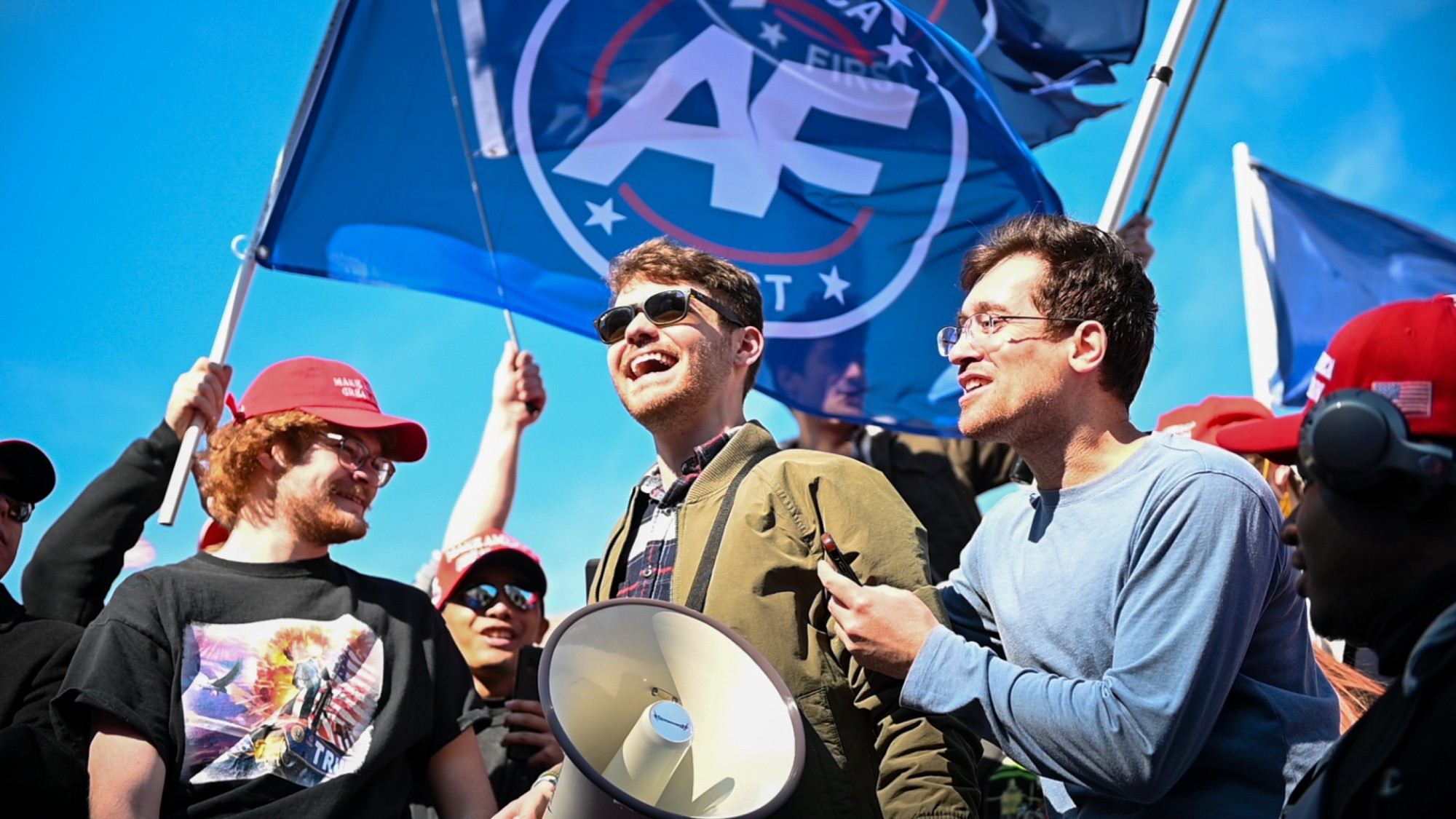 What Nick Fuentes and the Groypers want
What Nick Fuentes and the Groypers wantThe Explainer White supremacism has a new face in the US: a clean-cut 27-year-old with a vast social media following
-
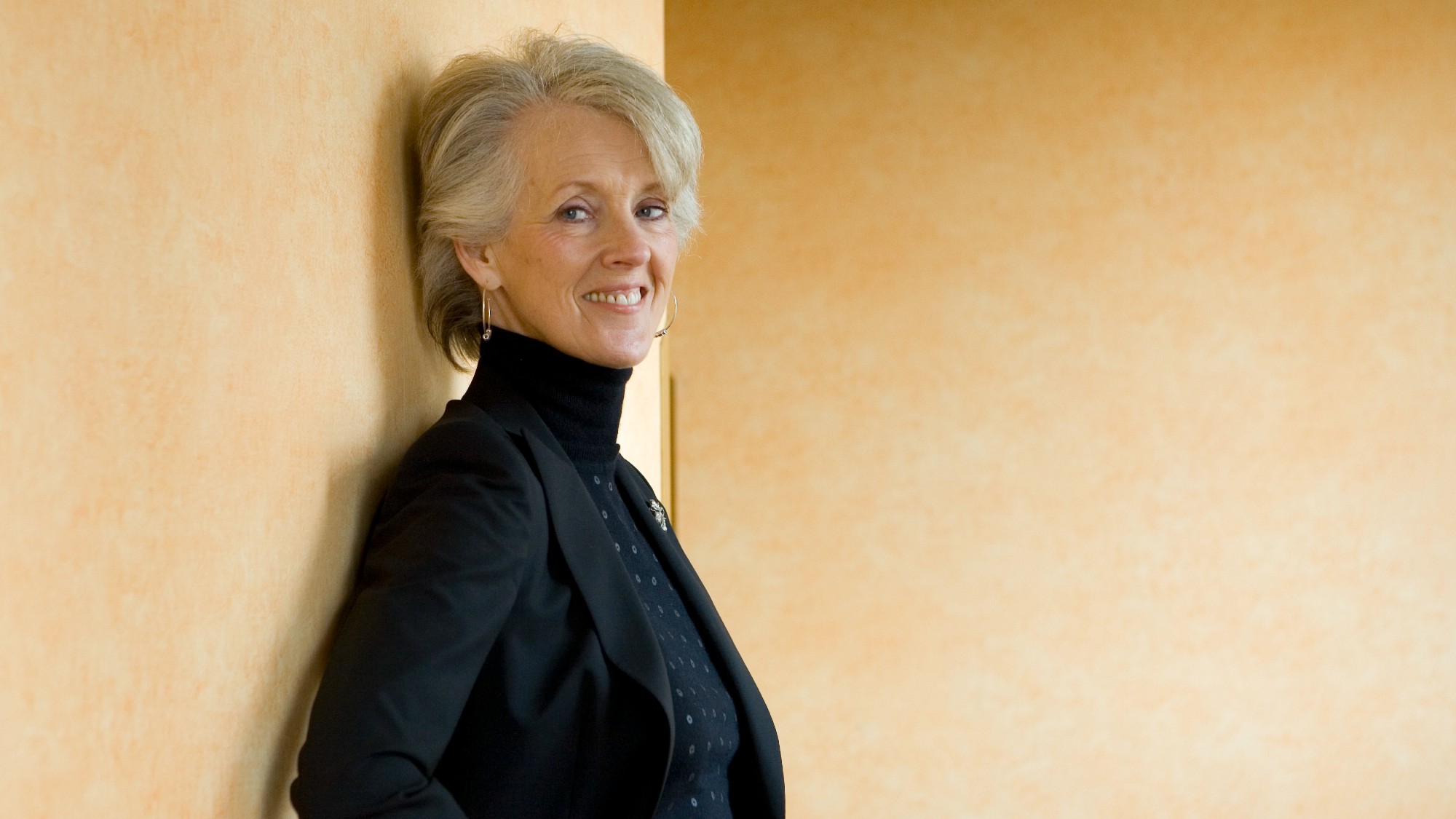 Joanna Trollope: novelist who had a No. 1 bestseller with The Rector’s Wife
Joanna Trollope: novelist who had a No. 1 bestseller with The Rector’s WifeIn the Spotlight Trollope found fame with intelligent novels about the dramas and dilemmas of modern women
-
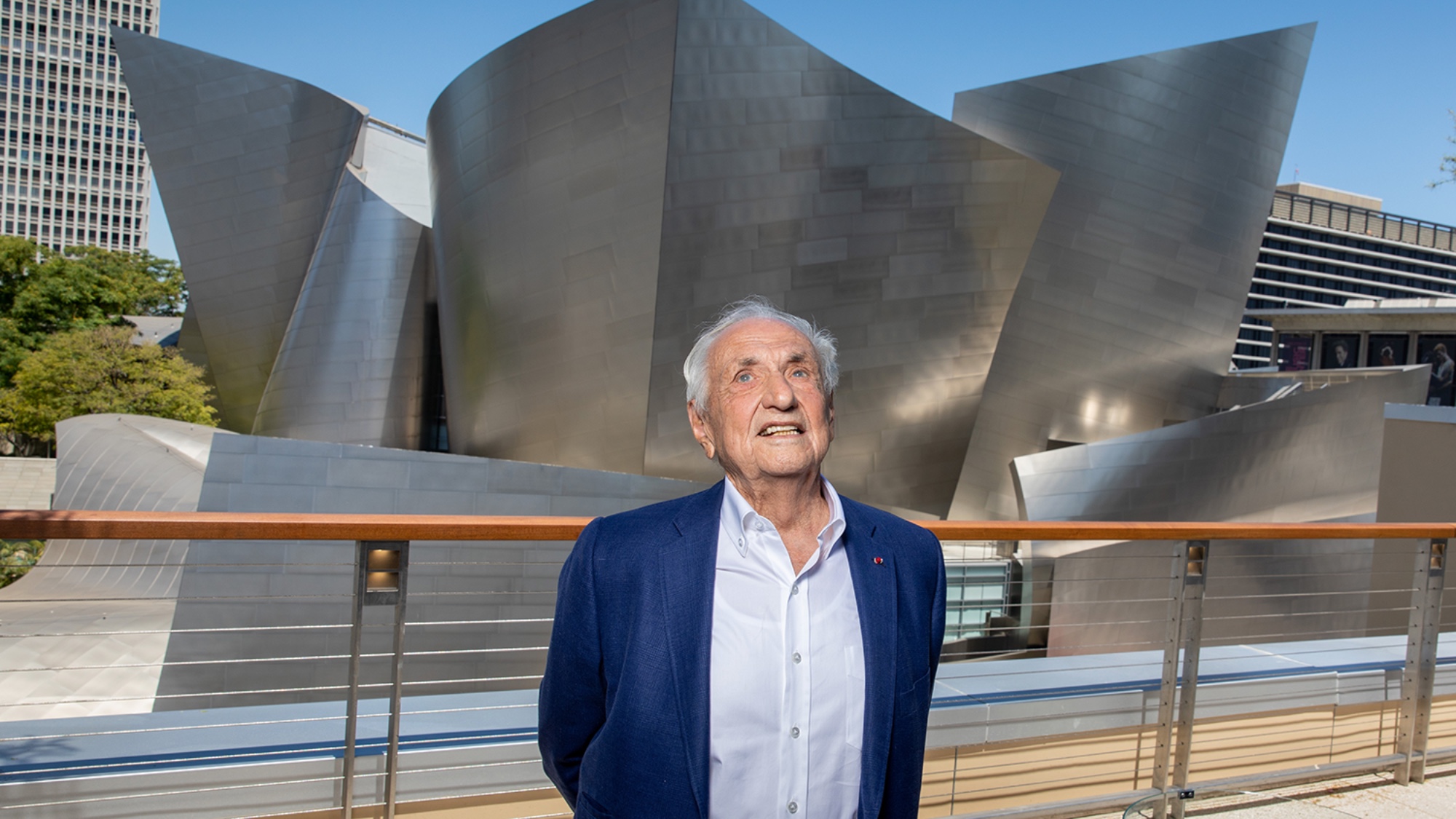 Frank Gehry: the architect who made buildings flow like water
Frank Gehry: the architect who made buildings flow like waterFeature The revered building master died at the age of 96
-
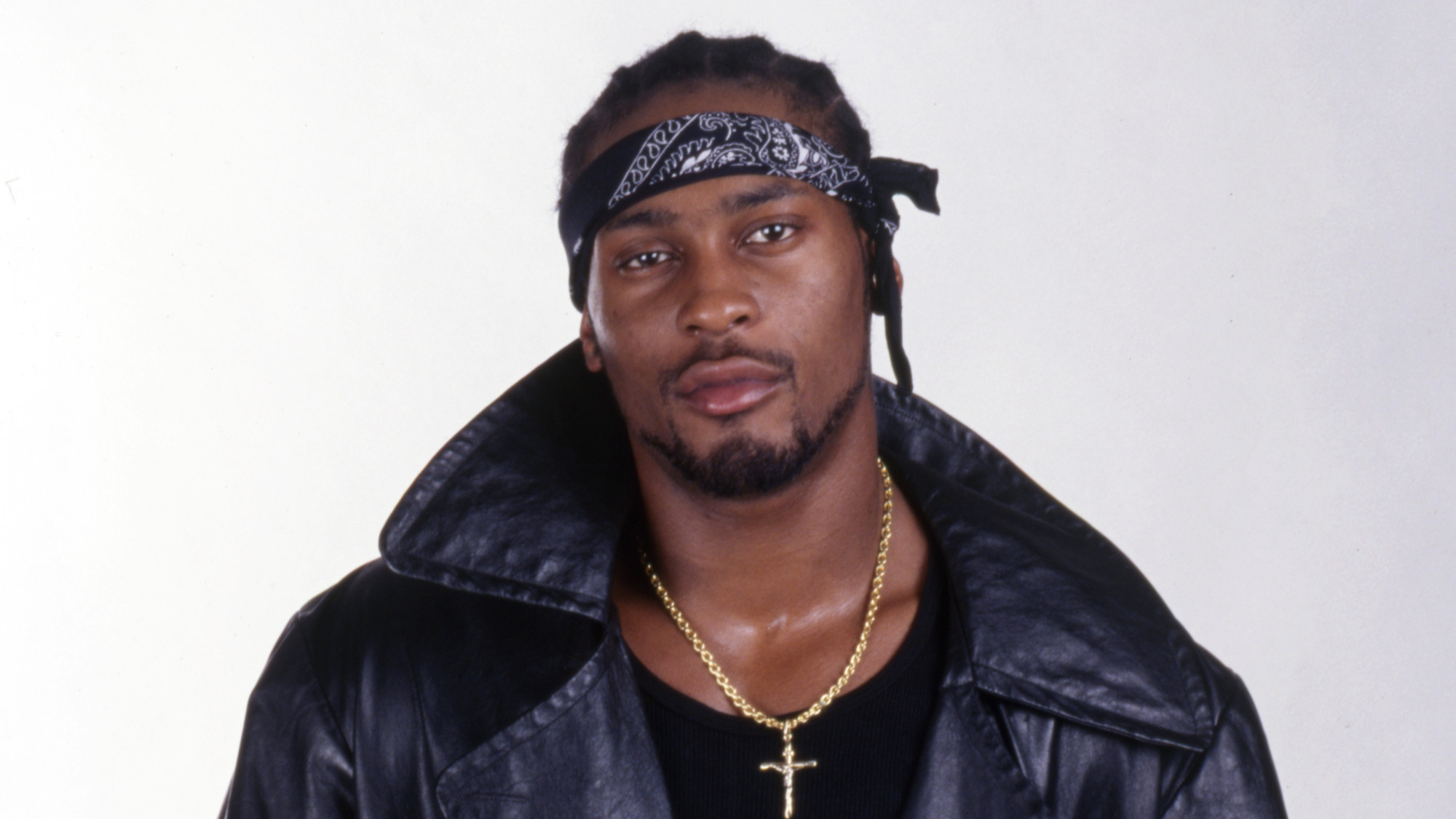 R&B singer D’Angelo
R&B singer D’AngeloFeature A reclusive visionary who transformed the genre
-
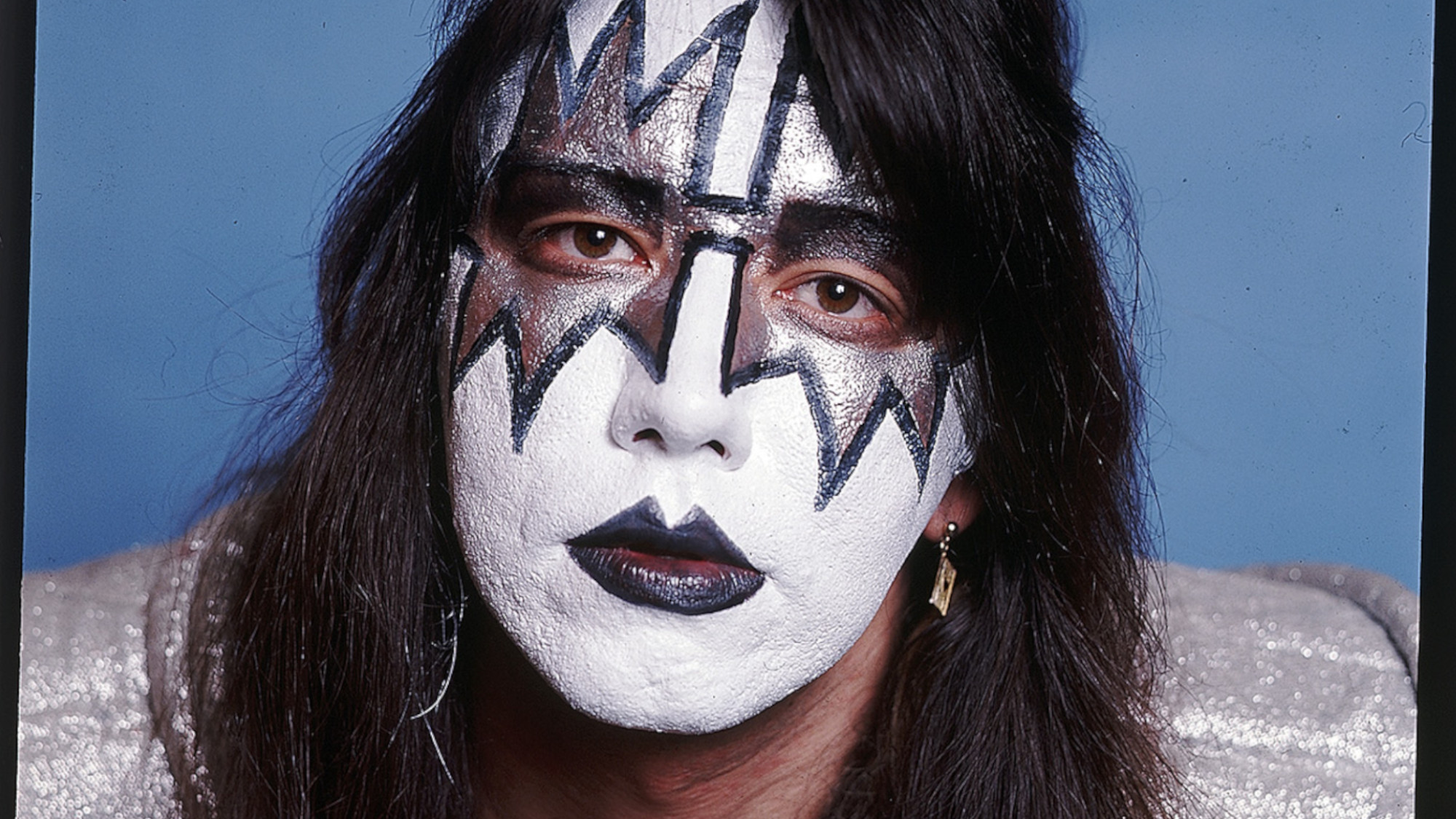 Kiss guitarist Ace Frehley
Kiss guitarist Ace FrehleyFeature The rocker who shot fireworks from his guitar
-
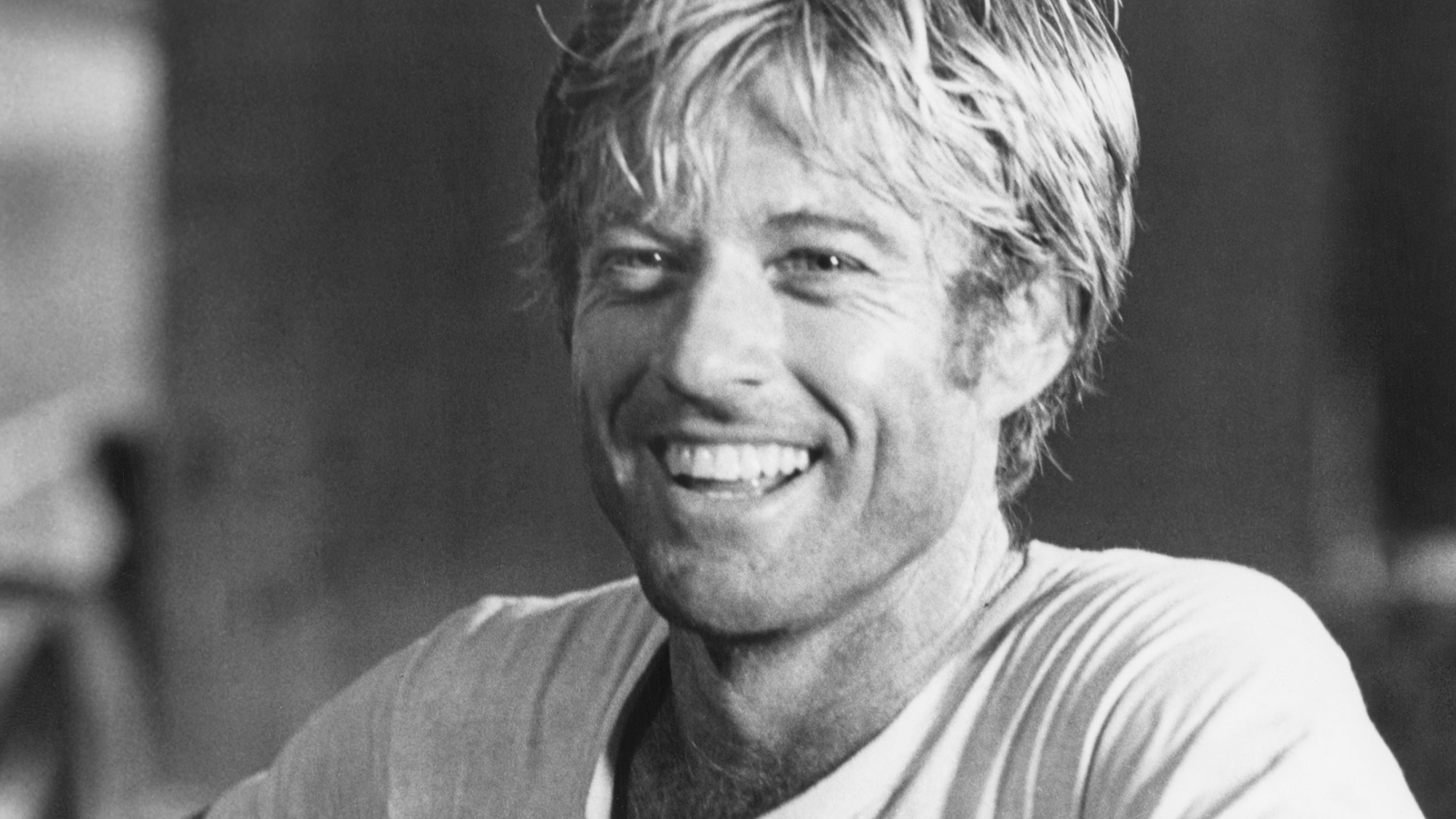 Robert Redford: the Hollywood icon who founded the Sundance Film Festival
Robert Redford: the Hollywood icon who founded the Sundance Film FestivalFeature Redford’s most lasting influence may have been as the man who ‘invigorated American independent cinema’ through Sundance
-
 Patrick Hemingway: The Hemingway son who tended to his father’s legacy
Patrick Hemingway: The Hemingway son who tended to his father’s legacyFeature He was comfortable in the shadow of his famous father, Ernest Hemingway
-
 Giorgio Armani obituary: designer revolutionised the business of fashion
Giorgio Armani obituary: designer revolutionised the business of fashionIn the Spotlight ‘King Giorgio’ came from humble beginnings to become a titan of the fashion industry and redefine 20th-century clothing
-
 Ozzy Osbourne obituary: heavy metal wildman and lovable reality TV dad
Ozzy Osbourne obituary: heavy metal wildman and lovable reality TV dadIn the Spotlight For Osbourne, metal was 'not the music of hell but rather the music of Earth, not a fantasy but a survival guide'